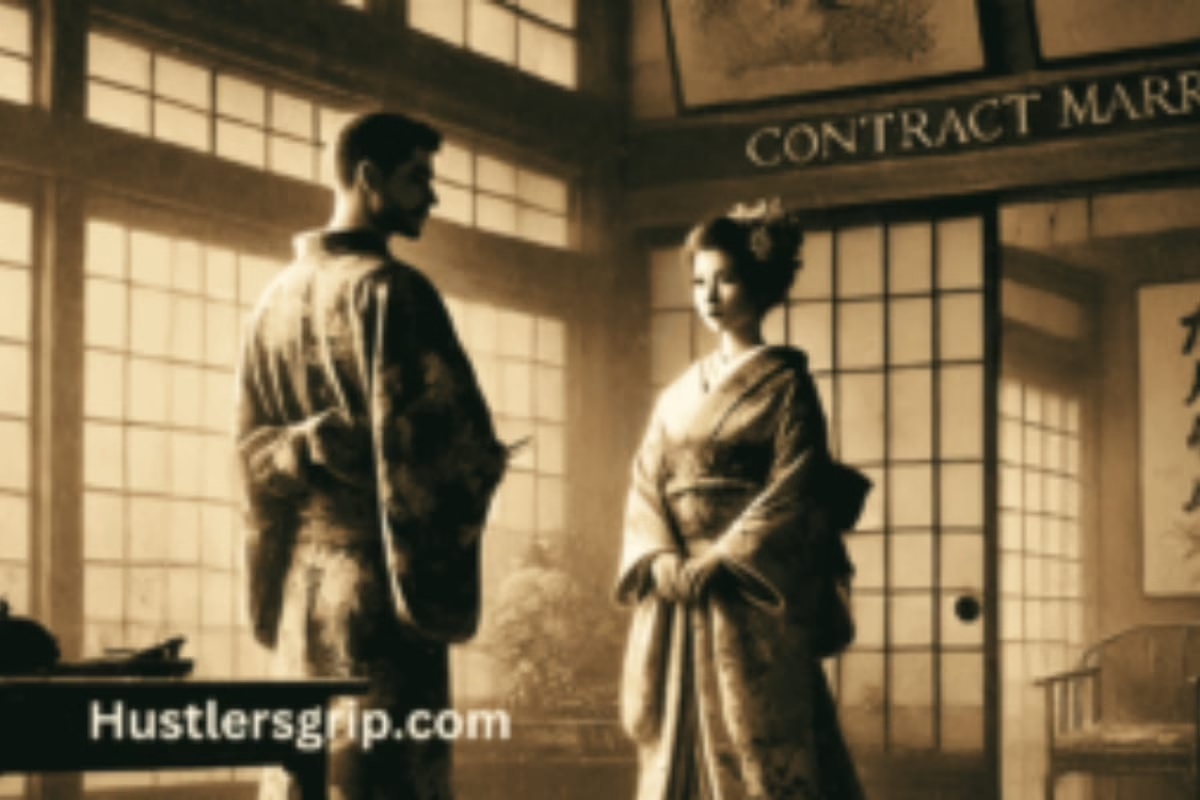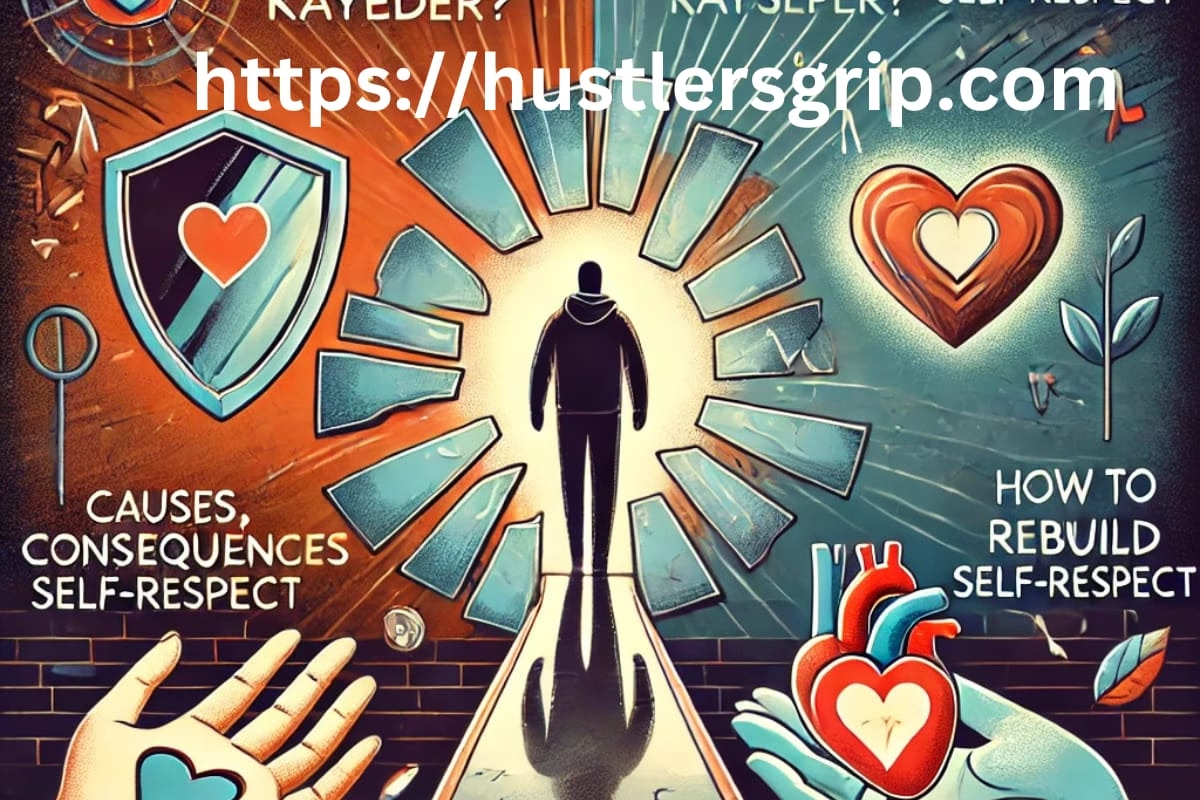Taisho Era Contract Marriage in Hentai: A Deep Dive into Tradition, Love and Rebellion
Introduction to the Taisho Era and Its Cultural Influence
The Taisho Era Contract Marriage in Hentai running from 1912 to 1926, represented an era of great change in Japanese history. Sandwiched between the Meiji and Showa periods, it was marked by modernity and Western influences with traditional Japanese values. This diverse combination of cultures provides a unique environment for storytelling, including specialist genres like hentai.
Understanding Contract Marriages in the Taisho Era
- What Are Contract Marriages?
Contract marriages, frequently portrayed as arrangements of convenience or need, were a prominent motif in Taisho-era-inspired fiction. These marriages frequently featured mutual agreements to satisfy social standards without the emotional attachments of regular couples.
- Why Contract Marriages Were Popular in Storytelling
In a culture shifting between modernity and tradition, contract marriages signified the battle between personal wants and social duties. This dichotomy makes them an appealing theme for creative works, like manga and anime.
- The Role of Hentai in Highlighting Cultural Themes
Hentai, as an artistic and narrative medium, digs into forbidden and uncommon issues, frequently employing exaggerated storytelling. The Taisho-era contract marriage trope enables artists to explore themes of obligation, love, and rebellion against conventional constraints.
Key Themes Explored in Taisho Era Contract Marriage Hentai
- Tradition vs. Modernity
The contrast between Western ideas and traditional Japanese morals is a reoccurring issue. Characters frequently find themselves caught between society duties and personal independence.
- Gender Roles and Expectations
Hentai tales generally stress the gender dynamics of the period, when women were expected to protect family honor while men sought employment or education. These responsibilities constitute a fundamental dispute in contract marriage arrangements.
- Emotional Evolution Within Marriages
Initially devoid of love, these contractual partnerships frequently deepen emotionally, revealing the complexity of human connection.
Artistic Depictions of the Taisho Era
- Visual Aesthetics
Taisho-era hentai generally displays meticulous period-accurate elements, from apparel like kimono and haori to traditional Japanese buildings. These components immerse viewers in the historical context.
- Mood and Tone
Soft color palettes and dramatic lighting are typically employed to convey the emotional strain and romantic connotations of the period.
- Popular Examples of Taisho Era Contract Marriage Hentai
Several tales stand out for their engaging characters and historical realism. These novels mix drama, romance, and the charm of the Taisho era to attract spectators.
- Cultural Significance of Taisho Era Narratives in Modern Media
The rise of interest in Taisho-era themes in hentai and other media reflects a desire to revisit this crucial time in Japanese history. It serves as a reflection of current audiences’ preoccupation with blending heritage with innovation.
Challenges and Criticisms
- Cultural Sensitivity
Some opponents claim that romanticizing contract marriages glosses over the challenges people encountered throughout the period. Creators must walk cautiously to blend historical authenticity with narrative.
- Overcoming Stereotypes
It’s crucial to depict individuals and topics accurately, avoiding oversimplified preconceptions that might undercut the complexity of the story.
Conclusion
Taisho-era contract marriage hentai provides a unique prism through which viewers may understand historical and cultural issues. By integrating romance, conflict and social concerns, these novels continue to excite and engage with audiences worldwide.
FAQs
1.What constitutes the Taisho Era in Japanese history?
The period (1912–1926) is noted for its combination of traditional Japanese ideals and contemporary Western ideas.
2.Why are contract marriages a recurrent motif in Taisho-era hentai?
They reflect the struggle between society expectations and personal independence during a transitional age in Japan.
3.How do creators ensure historical truth in these stories?
Through comprehensive portrayals of clothes, architecture and cultural standards of the Taisho Era.
4.What problems do authors confront while expressing this theme?
Balancing realistic portrayal with compelling narrative while avoiding cultural insensitivity.
5.Why is the Taisho Era still significant in current media?
Its themes of tradition vs modernization and personal freedom connect with current viewers.




Post Comment